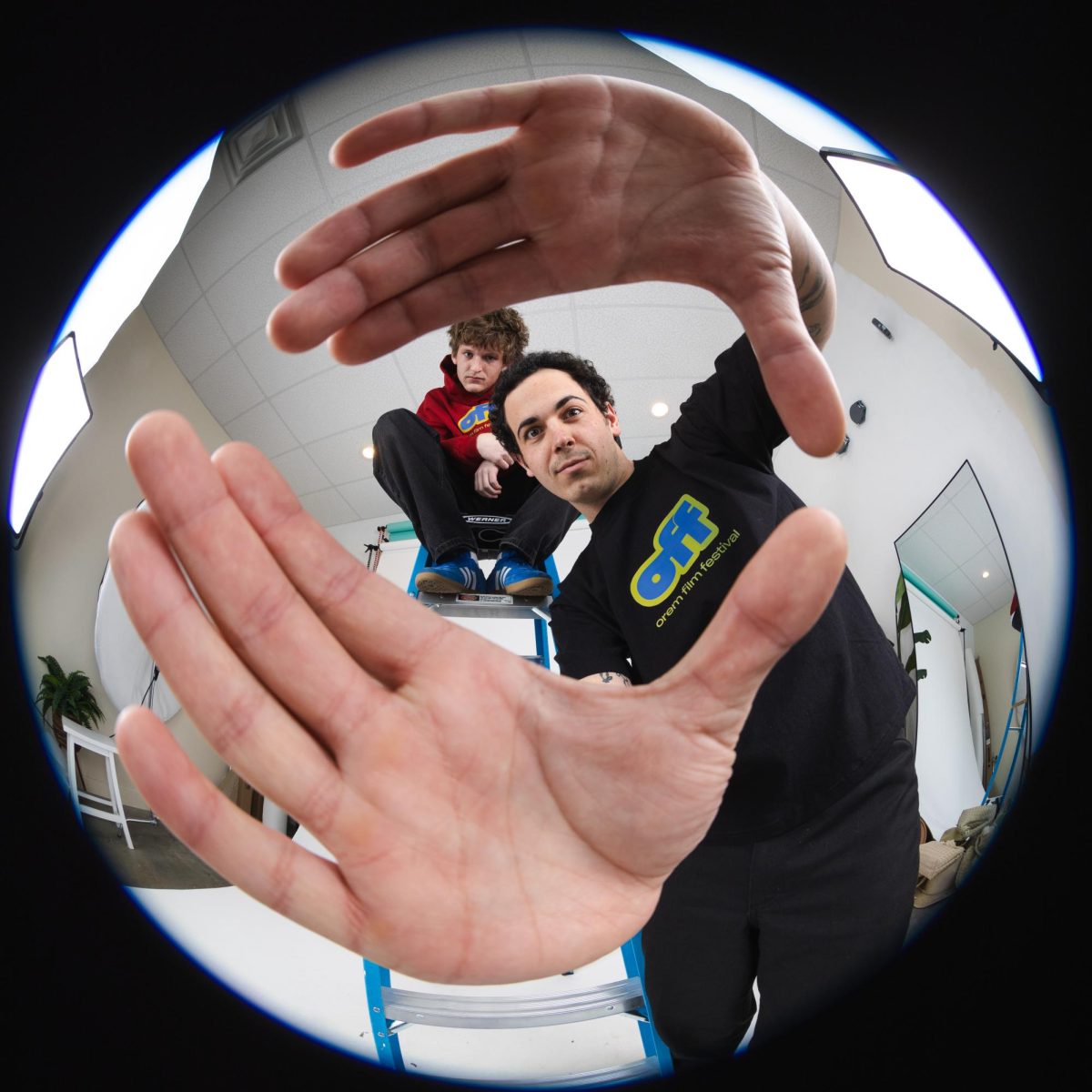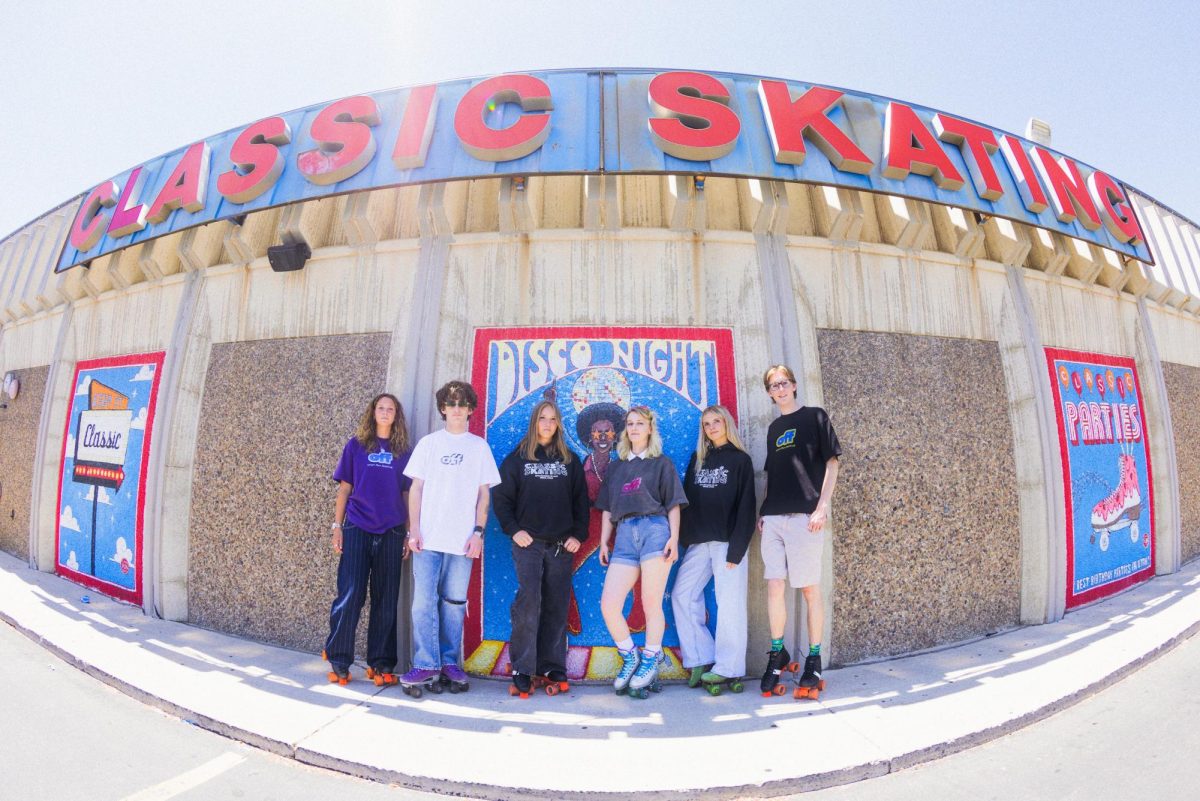
WSU Student Wellness Coordinator Rochelle Creager is taking a hands-on approach to minimize stress among students. Her tool to tackle the stress epidemic? Crafting.
Creager explains that every two years, Weber conducts the National College Health Assessment, which measures and compares the level of stress in university students across the country.
“Our students consistently report stress as their number one academic impact,” Creager said. “They also report receiving more information on stress from year to year, though we aren’t seeing that correlate in a reduction in their reported stress levels. So even though our students are more informed about stress, they’re still stressed.”
Unfortunately, there is no magic bullet that can calm stressed-out students, which is why Creager created Crafternoon, a crafting event designed to combat stress, after research proved to her that crafting could be a relaxing outlet for an overwhelmed college student.
According to Alton Barren, M.D., co-author of The Creativity Cure, “Sixty percent of the total surface area of our brains is committed to our hands. When we stop using our hands, we stop stimulating our somatosensory cortex. You can actually create new neural pathways with bi-manual activities that require fine dexterity and requires you to use both hemispheres of your brain.”
The 2015 Annals Journal of Medicine found that people who engaged in leisure activities were 34 percent less stressed, 18 percent less sad during activities, had lower heart rates and experienced positive effects lasting for several hours after the activity was finished. The journal found that the enjoyment of an activity significantly affected the positive benefits, regardless of crafting or artistic abilities.
After reading a New York Times article that outlined the positive consequences of knitting, Creager began looking for benefits of any type of crafting.
She said she uncovered plenty of data that supported crafting as a legitimate stress relief tool. “It didn’t need to be knitting, per se, anything that involved creating something with your own two hands supports stress relief,” Creager continued. “So we thought, college is the perfect time to learn a new hobby, and learning a new hobby is something that students can carry with them for the rest of their lives.”
Held the second Tuesday of every month in room 331 of the Shepherd Union Building at 12:30 p.m., Crafternoon welcomes any students. Materials and information on each project will be included with attendance.
The upcoming events include: March 14, DIY Sleep Masks; April 11, DIY Play Dough; and May 9, Adult Coloring.
“We’ll provide all of the materials to get started and teach you as much as we can in a relatively short time span,” Creager explains. “We can’t always give you everything you need to start a new hobby right then and there, but we’ll at least give you a taste for it and send you to where you can learn more. For example, when we teach Knitting or Crochet, we provide students with a little ball of yarn and some needles or a hook. We’ll then teach the very basics – we may only get as far as teaching how to get the yarn on the needle, but we’ll send them away with links and handouts that will at least allow them to learn more on their own.”







